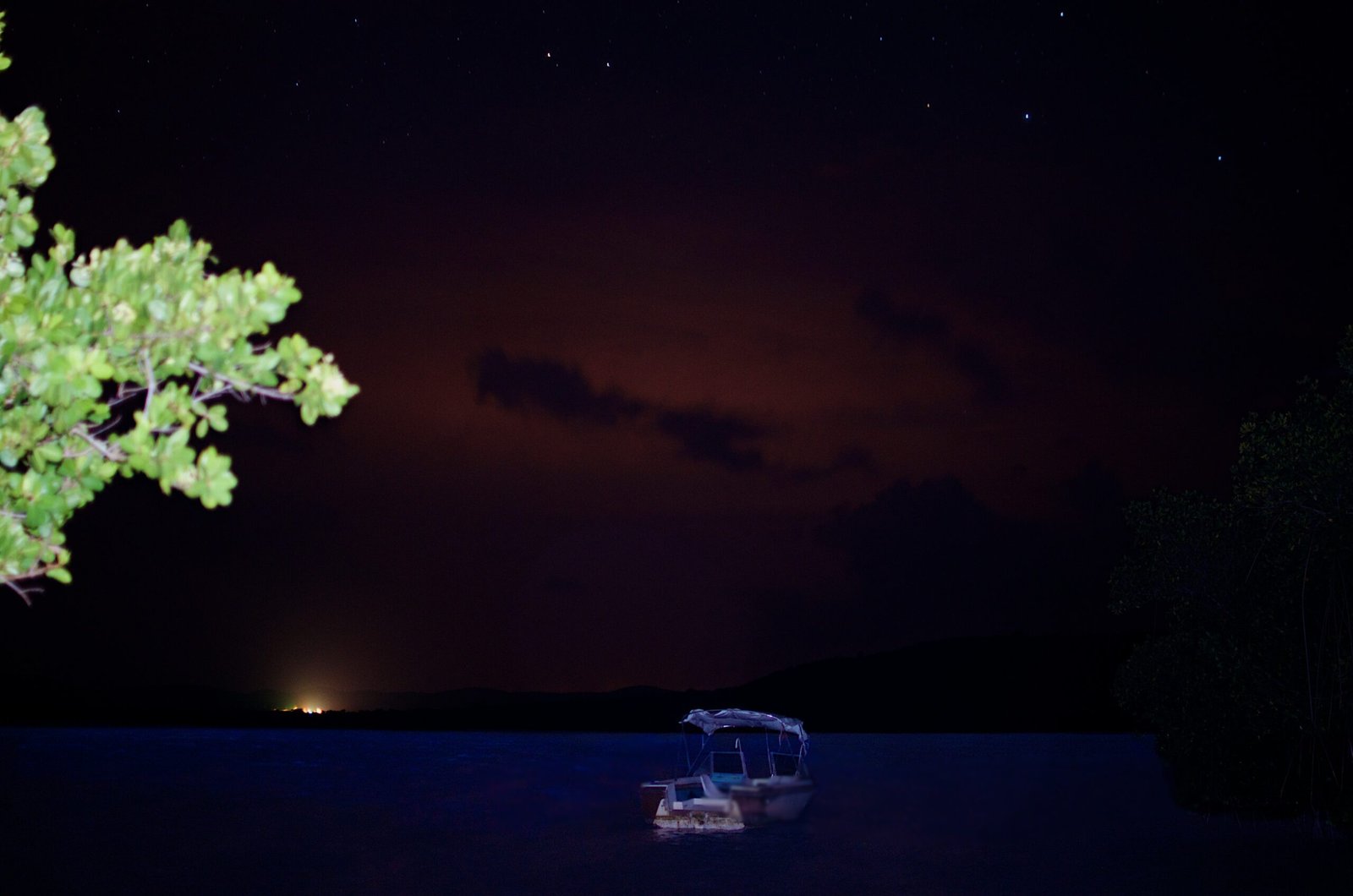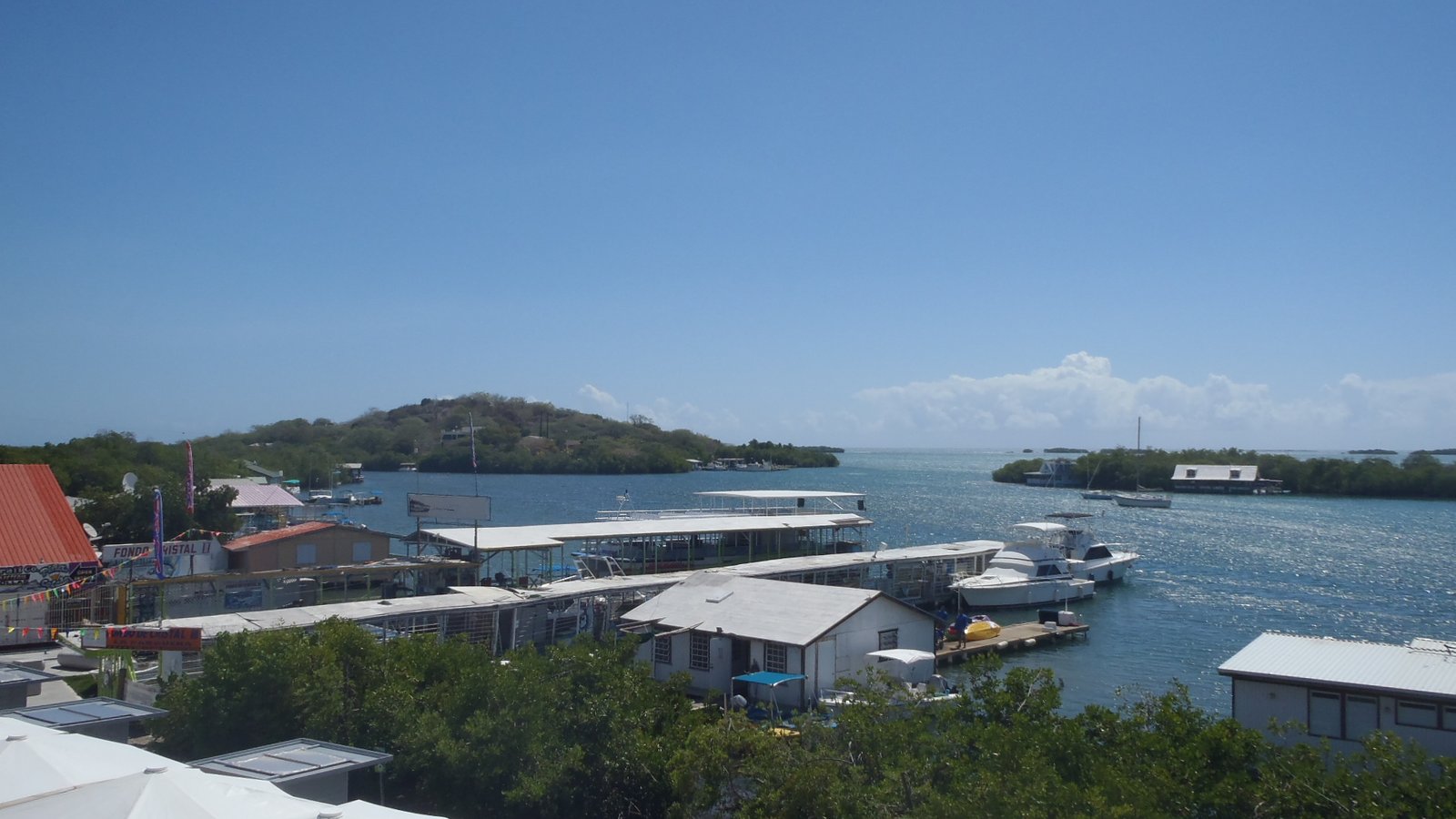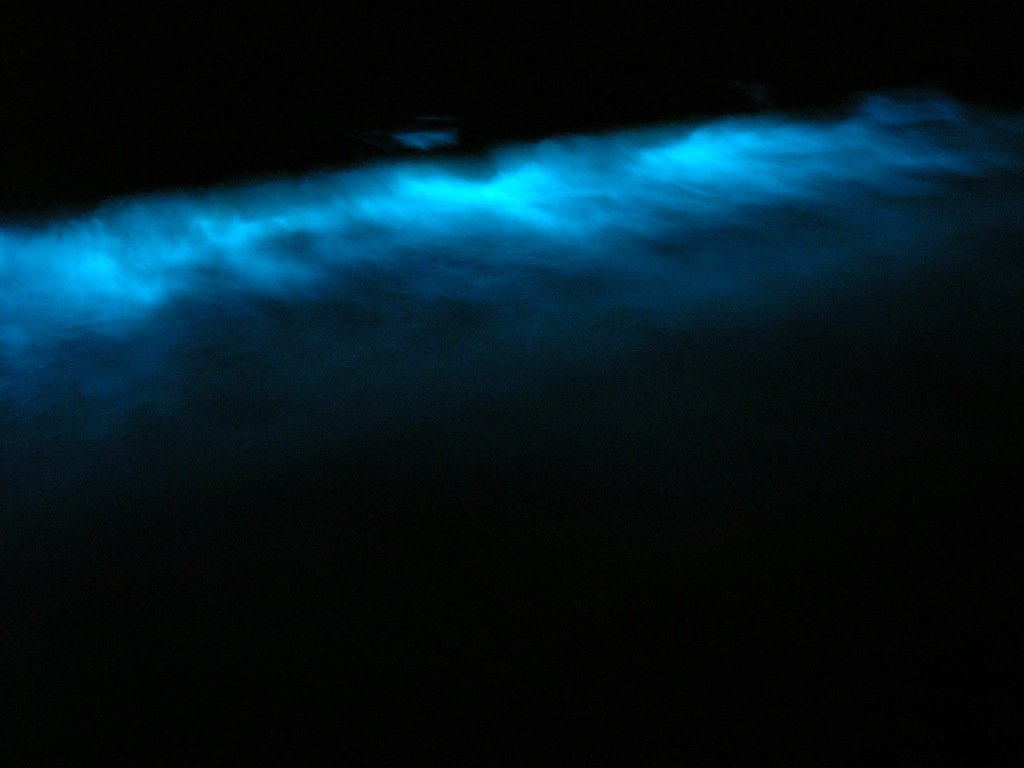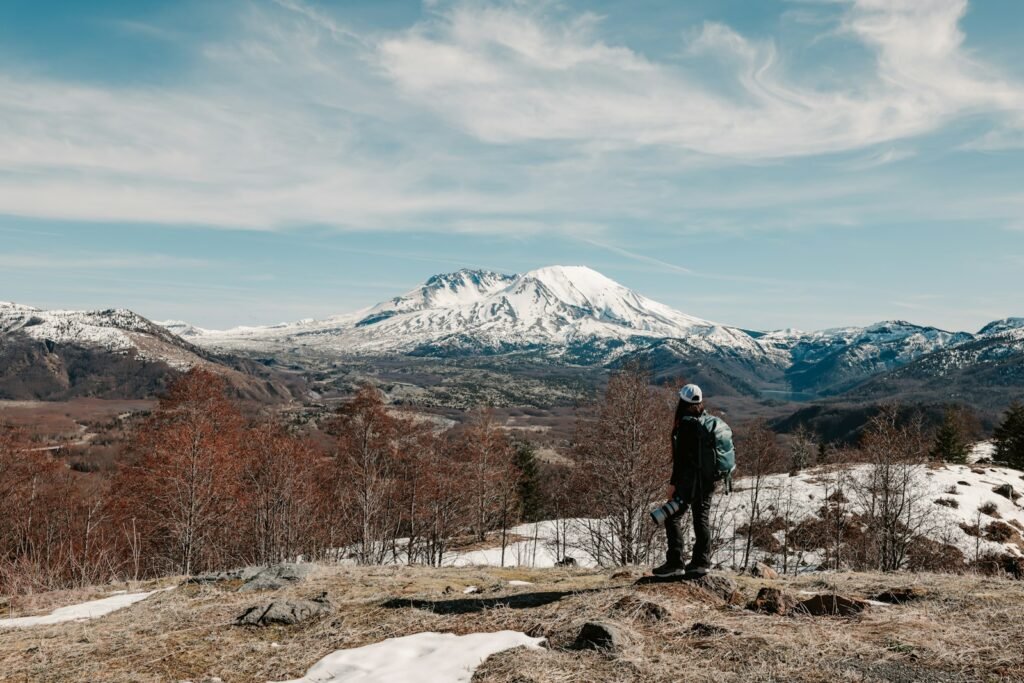Imagine standing at the edge of a moonless shoreline, your toes sinking into warm sand, and suddenly the water before you erupts in a dazzling blue-green glow. Each movement—whether a paddle’s stroke, a fish’s dart, or your own hand swirling through the dark—sends shimmering light rippling across the bay. To witness this living light show is to experience wonder firsthand, and nowhere on Earth is it more spectacular than in Puerto Rico’s legendary bioluminescent bays. These rare, magical places turn ordinary nights into unforgettable spectacles, sparking curiosity, awe, and a deep sense of connection to the mysteries of the natural world.
What Makes a Bay Bioluminescent?

Bioluminescence is nature’s glow-in-the-dark magic, but what exactly causes it? In Puerto Rico’s famous bays, the light show is produced by microscopic organisms called dinoflagellates. These tiny creatures emit light as a defense mechanism when disturbed, lighting up the water in brilliant flashes. The phenomenon is similar to how fireflies glow at night, but here, it’s an entire ecosystem that comes alive. The bays need just the right mix of saltwater, nutrients, and shelter from winds and waves to allow these organisms to thrive in huge numbers. The result? Waters that seem to shimmer with their own hidden energy.
Puerto Rico’s Three Glowing Jewels

Puerto Rico is home to not one, but three bioluminescent bays, each with its own personality and charm. Mosquito Bay on Vieques is the brightest, often dazzling visitors with its surreal intensity. Laguna Grande in Fajardo is famous for its winding canal surrounded by mangroves, making the experience feel like a journey into a secret world. La Parguera in Lajas offers boat tours and the unique chance to swim in the glowing water. Together, these bays form a glowing triangle that draws people from around the world, eager to witness one of nature’s most breathtaking performances.
Mosquito Bay: The Brightest of Them All
Ask anyone who’s been, and they’ll tell you—Mosquito Bay is nothing short of otherworldly. This incredible place holds the Guinness World Record for the brightest bioluminescent bay on Earth. On a new moon night, the water glows with an intensity that can make you gasp out loud. It’s believed that the bay’s unique geography, enclosed by mangroves and protected from open ocean currents, creates perfect conditions for dinoflagellates to multiply by the millions. Every splash, oar, or fish sends waves of electric blue light rippling through the darkness, turning each visitor into both audience and participant in this natural wonder.
The Science Behind the Glow
At the heart of the spectacle are the dinoflagellates, specifically Pyrodinium bahamense. These single-celled plankton use a chemical reaction to produce their signature light. When agitated—by a fish, a paddle, or a hand—they combine luciferin with oxygen, catalyzed by the enzyme luciferase, releasing energy as light. This process is so efficient that it produces almost no heat. Scientists believe this glow serves as a defense against predators, startling them or attracting larger animals that might prey on the dinoflagellates’ attackers. Amazingly, a single liter of bay water can contain up to 700,000 dinoflagellates, each ready to burst into light at the slightest touch.
Why Puerto Rico’s Bays Are So Bright

Not every bioluminescent bay shines so vividly. The bays in Puerto Rico are exceptionally bright thanks to a combination of factors. The thick mangrove forests surrounding the bays act as natural nurseries, providing shelter and nutrients for the dinoflagellates. The bays are also relatively shallow and enclosed, reducing water exchange with the open ocean and allowing plankton populations to explode. Warm tropical temperatures and calm, nutrient-rich waters complete the recipe. It’s a delicate balance—one that can be easily upset by storms, pollution, or development, making the glowing bays all the more precious.
Experiencing the Glow: What to Expect

A visit to one of Puerto Rico’s bioluminescent bays is more than just a sightseeing trip—it’s a journey into nature’s own theater. Most tours take place at night, ideally under a new moon when the glow is at its brightest. Guides lead visitors by kayak or electric boat through winding mangrove tunnels before reaching open water. With each paddle stroke, the water lights up, creating luminous trails and sparkling eddies. Some tours even allow you to gently run your fingers through the water, watching tiny stars swirl around your hand. It’s a memory that lingers long after the night has faded.
Conservation: Protecting a Fragile Marvel

The bioluminescent bays are as fragile as they are beautiful. Their survival depends on the health of the entire ecosystem—from the mangroves and seagrass to the microscopic plankton themselves. Pollution, coastal development, and careless tourism can all threaten this delicate balance. In recent years, local communities and scientists have worked hard to implement conservation measures: limiting boat engine use, restricting swimming, and educating visitors about responsible behavior. Protecting these glowing waters means preserving a unique piece of our planet’s natural heritage for future generations.
Local Legends and Cultural Significance

Long before scientists could explain the phenomenon, local people told stories about the glowing waters. Some believed the lights were a sign of good luck, or that they were inhabited by playful spirits. Others saw the bays as sacred places, deserving of respect and wonder. Today, the glowing bays are a source of pride for Puerto Ricans, woven into the island’s identity and celebrated in art, music, and folklore. Visiting the bay isn’t just a science lesson—it’s a step into a living legend.
The Impact of Climate and Weather
Nature’s light show isn’t always predictable. Heavy rains, hurricanes, or changes in water temperature can disrupt the delicate conditions required for bioluminescence. Sometimes, after a big storm, the glow might fade for weeks or even months. But the bays are resilient, often recovering with time if left undisturbed. This unpredictability makes each visit unique—a reminder that, in the end, nature is always in charge.
Tips for the Best Bioluminescent Experience

If you’re planning a visit, a little preparation goes a long way. Choose a night when the moon is new or only a thin crescent, as bright moonlight can drown out the glow. Wear dark clothing to minimize reflected light and bring as little artificial illumination as possible. Be gentle with the water—avoid using sunscreen or insect repellent that could harm the plankton. And most importantly, approach the experience with curiosity and respect, ready to be amazed by one of the world’s rarest natural wonders.
Why the Bioluminescent Bays Matter
Beyond their beauty, these glowing waters spark something deeper—a sense of connection to the living world. They remind us that even the smallest creatures can create something extraordinary when conditions are just right. The bioluminescent bays are living proof of nature’s creativity, resilience, and power to inspire. As we face a changing planet, their glow shines like a beacon, urging us to protect the fragile wonders that make our world so astonishing.



